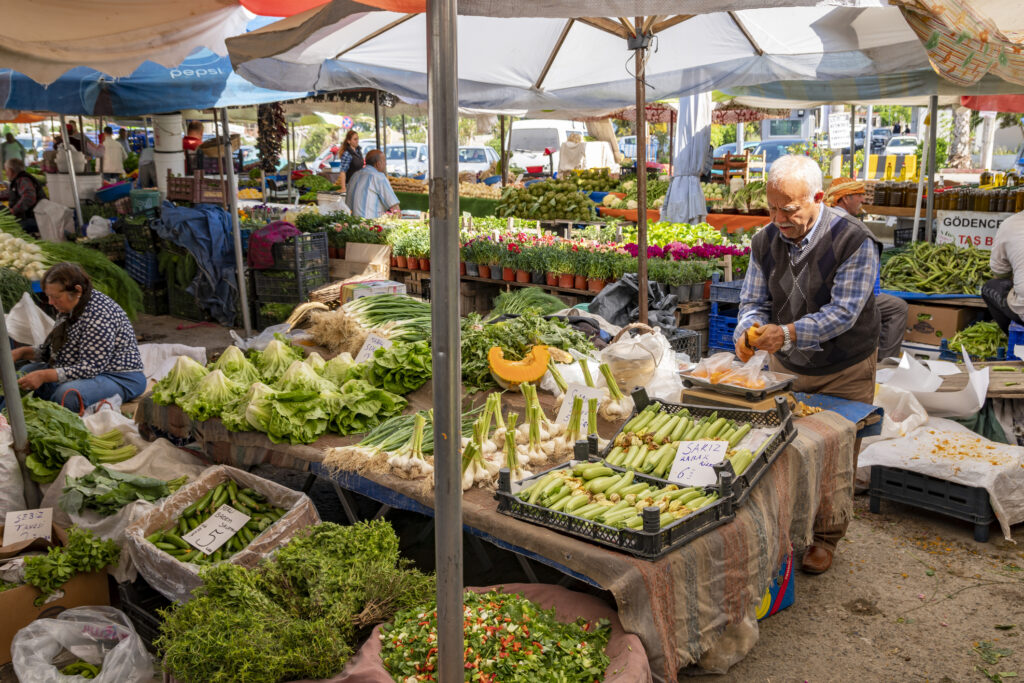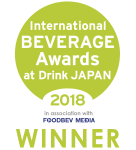Have you ever pictured your gut as a market town? It might sound strange, but this analogy captures the complex, cooperative nature of the different microorganisms living inside us. Just as farmers, bakers, and artisans gather in the town square to exchange goods and create a sustainable community, the microbes in your gut engage in a beautifully intricate dance of give-and-take known as “cross-feeding.”1https://www.frontiersin.org/articles/10.3389/fevo.2019.00153/full
Cross-feeding is akin to the barter system at a farmers’ market, where homemade cheeses are exchanged for freshly picked fruits. In the gut, one microbial species produces a byproduct, like a unique artisanal craft, that another downstream species needs. This orchestrated exchange keeps the entire marketplace – your gut – flourishing.
Consider dietary fibres as the fresh product brought into the marketplace. Certain microbes, the expert farmers of the gut, break these fibres down into simple sugars, much like a craftsman whittling a log into a beautiful carving. These simple sugars become the “handmade crafts” that other microbes, the bakers and artisans, transform into more complex and useful products like short-chain fatty acids: butyrate, acetate and propionate.2https://pubmed.ncbi.nlm.nih.gov/34731676/
The Concept of Cros-Feeding: A Communal Marketplace
Take, for example, the Bacteroides and Prevotella species – our gut’s expert farmers. They specialise in breaking down tough, complex fibres into flour. Now meet Faecalibacterium prausnitzii, the market’s bread maker who takes these flours, ferments them and turns them into butyrate, akin to beneficial bakes that nourish the gut lining and fight inflammation.3https://pubmed.ncbi.nlm.nih.gov/34053530/
Just as the marketplace needs a team to manage the waste and keep the area clean, our gut needs a system for dealing with excess byproducts like lactic acid. Imagine Lactobacillus as the lemonade stand that generates waste peels. If these accumulate, they might attract pests. That’s where our market’s waste crew, let’s call them Megasphaera species (like Megasphaera elsdenii), come in. They consume the excess lactic acid and convert it into compounds that maintain the pH balance, keeping the marketplace clean and functional.4https://www.ncbi.nlm.nih.gov/pmc/articles/PMC522113/
Now, picture the crew essential for powering the market’s lights and food trucks. In our gut, we have special microbes called Archaea that work as our power plants. They consume hydrogen gas produced by other microbes and, in doing so, keep the entire market running smoothly. They’re the unsung heroes that make sure the stalls have electricity, and the community stays vibrant.5https://www.ncbi.nlm.nih.gov/pmc/articles/PMC6546324/
The Takeaway: Your Gut, Your Marketplace
Understanding your gut as a well-organised market town helps us appreciate the significance of maintaining this complex ecosystem. Disruptions or “market closures”, known scientifically as dysbiosis, can lead to various health concerns ranging from digestive problems to emotional imbalances.
So, the next time you sit down to a fibre-rich meal, think of it as a shipment of fresh produce and crafts entering your vibrant gut marketplace. You’re not just feeding yourself; you’re contributing resources to a rich, diverse community that, in turn, nourishes you back.
In health,
Dr Miguel
You can read more of Dr. Miguel’s posts here.
Any questions? Contact one of our Nutritional Therapists via live chat, weekdays from 8 am to 8 pm.
References
- 1
- 2
- 3
- 4
- 5














